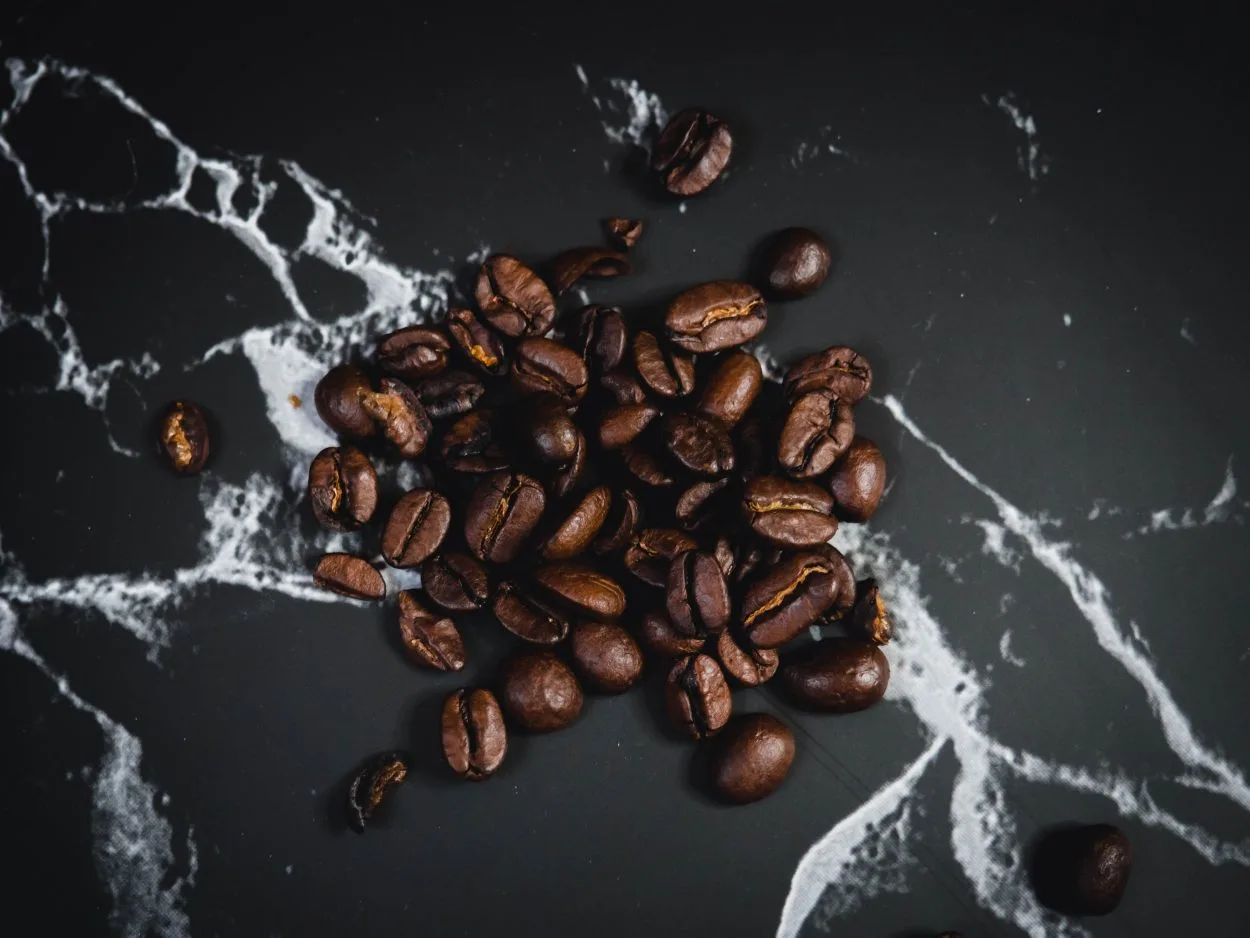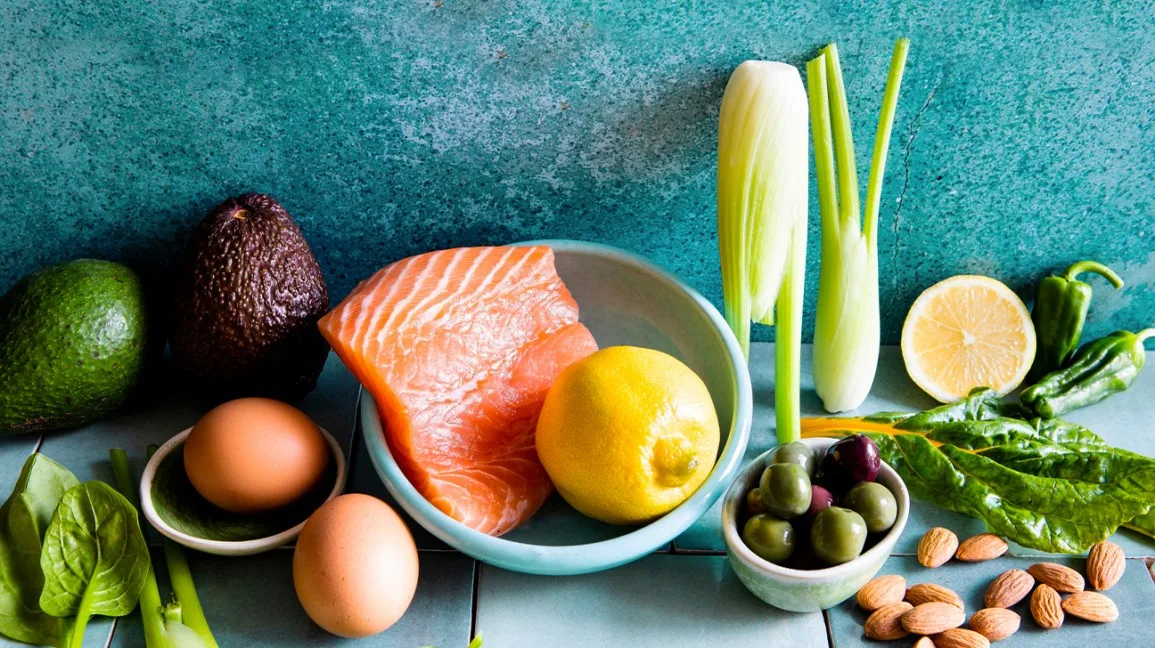
Caffeine is one ingredient that makes you rethink your life choices and makes you motivated from your 2:00 p.m. laziness, yet the mechanism of caffeine itself is an exciting topic to study. Depending upon the intake, everybody reacts differently to caffeine, yet an optimal level amongst individuals can be discussed.
According to studies, the effects of a can of energy drink can be felt after just 10 minutes, but the peak caffeine concentration in the blood occurs after 45 minutes. The peak caffeine level will be the same if you take the same caffeine dose in tablet form, but it will take longer to reach that peak — between 60 and 75 minutes.
On average, the effect lasts four to six hours. So 50% of the caffeine from your 4 p.m. drink is still in your system when you go to bed— which is why you spend half of the night replaying those embarrassing high school moments making you cringe to this day. Interested to know more?.
Continue reading to learn more about caffeine and how it affects the body, as well as why it takes so long to kick in and wear off.
Page Contents
What is Caffeine?
Caffeine, believe it or not, is currently the most widely consumed drug on the planet.
Caffeine is a stimulant that raises brain and nervous system activity. It also boosts the body’s circulation of hormones like cortisol and adrenaline. Caffeine, in tiny dosages, can help you feel energized and concentrated.
Caffeine, in high dosages, might make you anxious and make it difficult to sleep. Caffeine in extreme dosage can give you entire heart attacks while also making you able to understand the theory of relativity.
Like many other stimulants, it can cause drug dependence, which means you’ll require more extensive and more prominent dosages to achieve the same effect. A higher consumption might be life-threatening situations, causing you damage you wouldn’t have ever thought of.
Caffeine’s Origin and Sources
Caffeine is an alkaloid found in more than 60 plant species. Coffee, cacao, and guarana plants produce it naturally in their fruit, leaves, and beans. It’s also found in drinks and supplements.
It is also present in many popular soft beverages and energy drinks, and it’s also in a lot of pharmaceutical and over-the-counter drugs like analgesics, diet pills, and cold/flu cures. It is commonly used for mental alertness, better performance, and weight loss.
Friedlieb Ferdinand Runge, a German scientist, extracted substantially pure caffeine for the first time in 1821. According to folklore, he did so at Johann Wolfgang von Goethe’s request (Weinberg and Bealer 2001). This component was given the name Kafein, which means “something found in coffee.”
Caffeine was not produced until 1882, 61 years later, by Emil Fischer, a German chemist and Nobel laureate.
Is Natural Caffeine Healthier Than Organic Caffeine?
Natural caffeine is healthier than organic caffeine due to its occurrence from plants like yerba mates, providing a balanced caffeine lift and taking time to blend into your blood, preventing caffeine crashes.
On the other hand, synthetic caffeine will digest faster into your bloodstream and give an immediate shock of energy yet would cause a quicker crash.
Caffeine is regulated by the FDA in five product categories: meals, beverages, energy drinks, nutritional supplements, and over-the-counter drugs.
According to the 2018 Food and Health Survey, more than 70% of respondents believed caffeine had a distinct effect on the body depending on the source (synthetic vs. natural) or were unsure.
Synthetic caffeine, unlike natural caffeine, is made from urea and chloroacetic acid rather than being derived from plant materials. Caffeine’s effect on the body and the final product is remarkably comparable. Scott et al. conducted a scientific study on synthetic caffeine in Science in 1947, indicating that it had the same stimulating effects on the body.
When we talk about synthetic caffeine, we’re referring to the same chemical molecule produced in a lab from theobromine, a naturally occurring plant-based compound (found in tea, cocoa).
Many vitamins and antioxidants commonly found in the same plant help balance out natural caffeine. This means that taking natural caffeine throughout the day will result in a consistent and slow release of the drug, alleviating many (if not all) of the adverse effects we associate with caffeine.
Caffeine Consumption
Your body mass, health, and metabolism all influence how you react to caffeine. It also depends on if your body is used to receiving regular caffeine doses and how much you consume in a single meal. For example, your body’s sensitivity to it may be natural; you may feel as if you’ve had 4-5 energy drinks despite just taking a few sips.
The FDA has determined that 400 mg per day—roughly four or five cups of coffee—is not commonly associated with hazardous or harmful consequences in healthy persons. Caffeine intake for teenagers should be kept to fewer than 100 mg per day (one 8-ounce cup of coffee or about two cans of a drink).
How Long Does It Take For Caffeine to Work?
You can go from 0 to 60 in approximately 10 minutes, but it takes about 45 minutes to reach top speed when 99 percent of the caffeine in your coffee, tea, or energy drink has been fully absorbed into your system.
Caffeine can readily travel through the tissue in the lining of your mouth, throat, and stomach, so you start absorbing the stimulant as soon as you start sipping your first cup or can. You may feel exhausted and unable to perform for that particular period, but as soon as caffeine starts hitting your bloodstream, your body starts reacting differently and a few minutes later you would be able to challenge even Zeus to a brawl.
According to a Science Daily article on the study, awareness does not increase until after 30 or 45 minutes. Nearly all of the caffeine will be absorbed by the bloodstream after 45 minutes.
The Process – An Overview
When caffeine enters your blood, it is channeled towards your liver which breaks it down further into tiny particles. These particles travel to your veins, attach themselves to different cells and hinder the process of adenosine receptors.
Adenosine is found in the central nervous system. When adenosine connects to its receptors, it slows down brain activity and makes you sleepy. As a result, adenosine promotes sleep and dilates blood vessels, ensuring enough oxygenation while sleeping.
With reduced functioning of adenosine receptors, your brain becomes more active and increases your alertness. Your blood vessels have been startled into action at this moment, and as they contract, your ticker starts to beat quicker, pumping more oxygen to your organs.
The time it takes for a substance’s quantity to be decreased to half of what was consumed is usually around five hours. This means that if you take 100 mg of caffeine, you’ll only have roughly 50 mg left in your body after five hours.
After that, the effects may last differently for people, depending upon their intake, weight, and sensitivity to caffeine. There is no limit for the time duration of the impact after caffeine consumption.
Comparison of Caffeine Content
The amount of caffeine consumed in beverages varies greatly. It is influenced by several factors, including the intensity of the drink and the volume consumed, with cup size playing a critical effect.
However, an average-sized cup of soluble coffee contains about 65mg caffeine as a general rule of thumb. The caffeine content in a 30ml espresso cup is 50-60mg. Finally, 25-45mg caffeine is present in a can of cola or a cup of tea.
| Caffeinated Liquids | Size | Value (an average) |
| Filtered Coffee | 125ml | 85mg – (60-125) |
| Tea | 150ml | 32mg – (20-45) |
| Energy Drinks | 330ml | 80mg – (70-120) |
| Sugar-Free Soft Drinks | 330ml | 41mg – (26-47) |
| Chocolate Bar | 30g | 20mg – (5-36) |
Energy Drinks and Caffeine
Caffeine is present in energy drinks, as well as taurine, ginseng, and guarana. Energy drinks are not to be mistaken for sports drinks because they do not hydrate the body. Their primary goal is to offer energy and improve mental acuity.
Many individuals rely on energy drinks to get through their daily tasks, but many are unaware of how much caffeine they are ingesting or how their bodies react to it.
Energy drinks are great for staying awake, but we shouldn’t put our bodies through too much. Consider how much your body can handle and what you require, depending on your lifestyle.
Caffeine is present in most drinks; drinking no more than one can per day save you from feeling the repercussions. Each one has a different blend of chemicals to help you get a jump start on your workout, and you may test a couple to see what they’re like.
Energy Drink Recommendations
Proper Wild
Proper Wild’s Clean All Day Energy Shots include 180 mg of L-theanine, an amino acid found in green tea that has been linked to neuroprotective, brain-boosting, and stress-reduction properties. The caffeine content of their three shots, Ginger, Blackberry, and Peach Mango, is the same.
It contains twice as much caffeine as a cup of coffee. Not only will it save you money on your $7 Starbucks order, but it will also provide you with long-lasting energy without the crash. It’s also non-GMO, vegan, gluten-free, soy-free, dairy-free, and preservative-free.
These bottles are the ideal travel size, fitting into any space and making it convenient for those on the go. Keep some in your carry-on, in your hiking bag, or your briefcase for work trips.
Mati Unsweetened Organic
Mati Sparkling Organic Energy Drink is produced using Guayusa tea that has been brewed.
Guayusa tea, also known as Runa tea, is brewed from the leaves of an Amazonian evergreen tree.
Caffeine is present in Guayusa tea, as well as phenolic antioxidants with anti-inflammatory properties. Mati contains 115g of organic caffeine with 0 calories. Fruit juice makes up less than 1% of this product’s flavor. Just make sure you get the unsweetened variety because Mati also sells a sweetened version.
Other Notable Mentions
Is Caffeine Bad for Your Health?
Yes, caffeine is bad for your health if you consume it excessively since it increases the release of acid in the body that can be harmful if acids run it an excessive amount, causing heartburn.
According to a 2019 survey of university students, persons who consume caffeine consume roughly 173 milligrams per day (mg/day). This is a moderate amount of caffeine. Many studies have found that average caffeine consumption can reduce the risk of some malignancies, neurological disorders, and liver difficulties.
However, if you exceed the limit, resulting in an overdose of caffeine, the effects are harmful. For example, if you are repeatedly drinking coffee or energy drinks, you might experience a headache since the blood vessels in your brain become accustomed to its effects. You might also experience:
- Anxiety
- Excessive Sweating
- Tremors
- Heartattack
- Fertility Issues
- Muscle Pain
- Increased Blood Pressure
Caffeine can cause a momentary block on the hormones that naturally widen your arteries, which is related to a spike in adrenaline or a temporary block on the hormones that generally dilates your arteries. This can lead to death due to convulsions. Well, that’s one way to go out.
Alternatives to Caffeinated Drinks

Many people want to transition from caffeine-containing liquids to caffeine-free foods as a result of a growing trend toward healthy eating and a greater understanding of how foods affect overall health. Here is a list of food items you can consume to healthy booze of energy.
B-Vitamins
B-vitamin deficiency can cause mood swings, lethargy, and inability to concentrate. Make sure to include B-vitamin-rich items in your diet such as:
- Nuts and seeds
- Lean meats
- Fortified cereals
You can also alternatively use B-Vitamin supplements to give you an energy spark. It is also present in energy drinks, yet other similar functioning ingredients suppress their effect to a certain degree.
Rhodiola
Rhodiola is a plant native to Europe, Asia, and Alaska’s northern areas. It’s been used as a medicinal plant for centuries in Iceland, Sweden, France, Russia, and Greece.
Rhodiola is a flowering plant. The root is utilized in traditional medicine. Rhodiola is used to boost energy, stamina, strength, and mental ability, as well as as an “adaptogen” that aids the body’s adaptation to and resistance to physical, chemical, and environmental stress.
It’s also used to boost athletic performance, reduce recuperation time after intense exercises, treat depression, and treat cardiac problems like irregular heartbeat and high cholesterol.
Conclusion
While everyone reacts to caffeine in their own way, the benefits can be felt in as little as 10 minutes. On the other hand, caffeine’s full effects aren’t felt until it’s been absorbed entirely into the bloodstream, which can take up to 45 minutes.
Eventually, you’ll find a balance with caffeine that leaves you awake and invigorated while avoiding the adverse side effects with some trial and error. Those wishing to replace it in their diet with something more beneficial might choose from various options.
Although some of these alternatives may not be as widely available as caffeine-containing products, they can be just as tasty and pleasant. When phasing out caffeine, it’s crucial to be patient because the body may need time to adjust, and withdrawal symptoms may occur.
